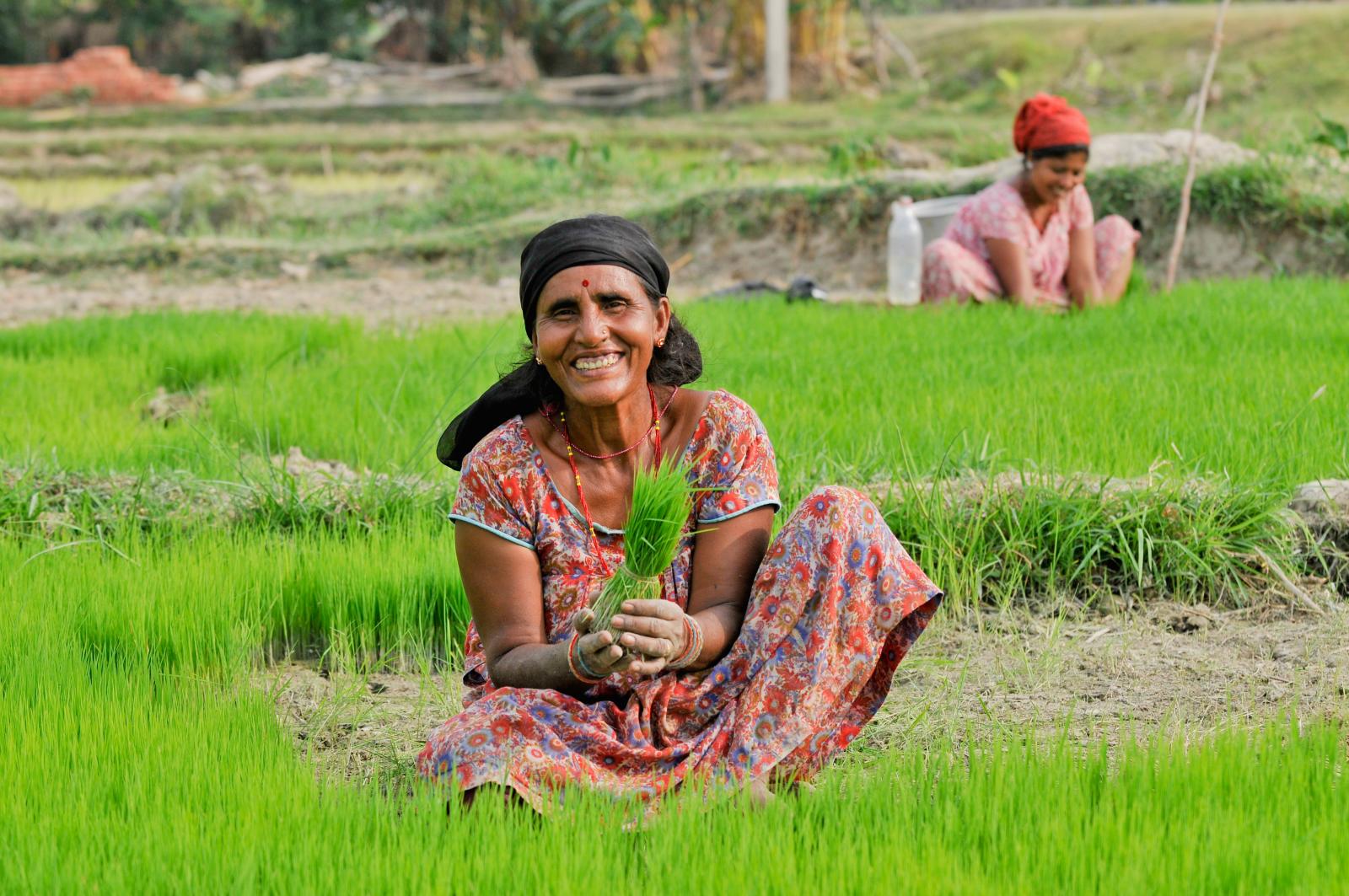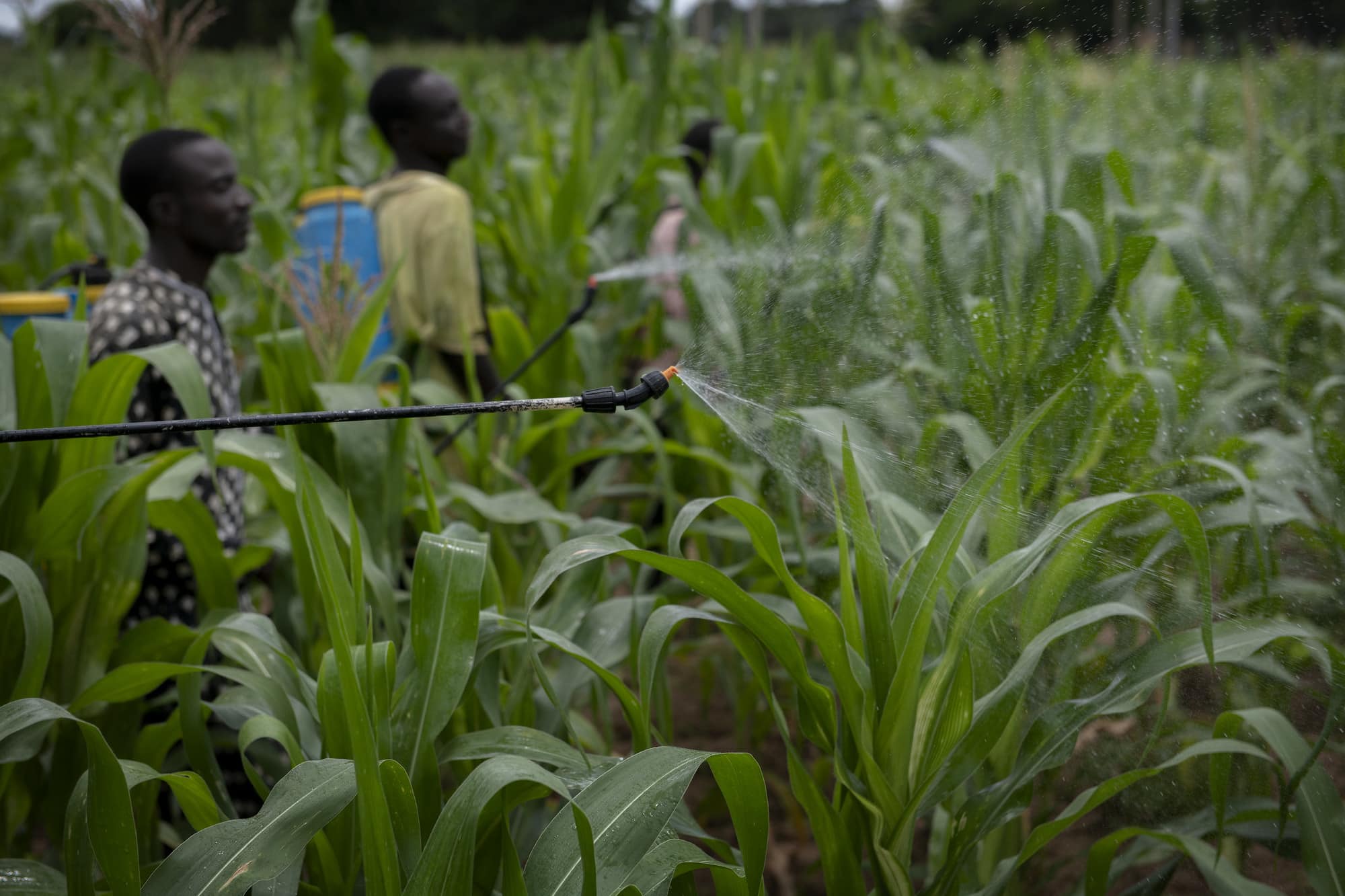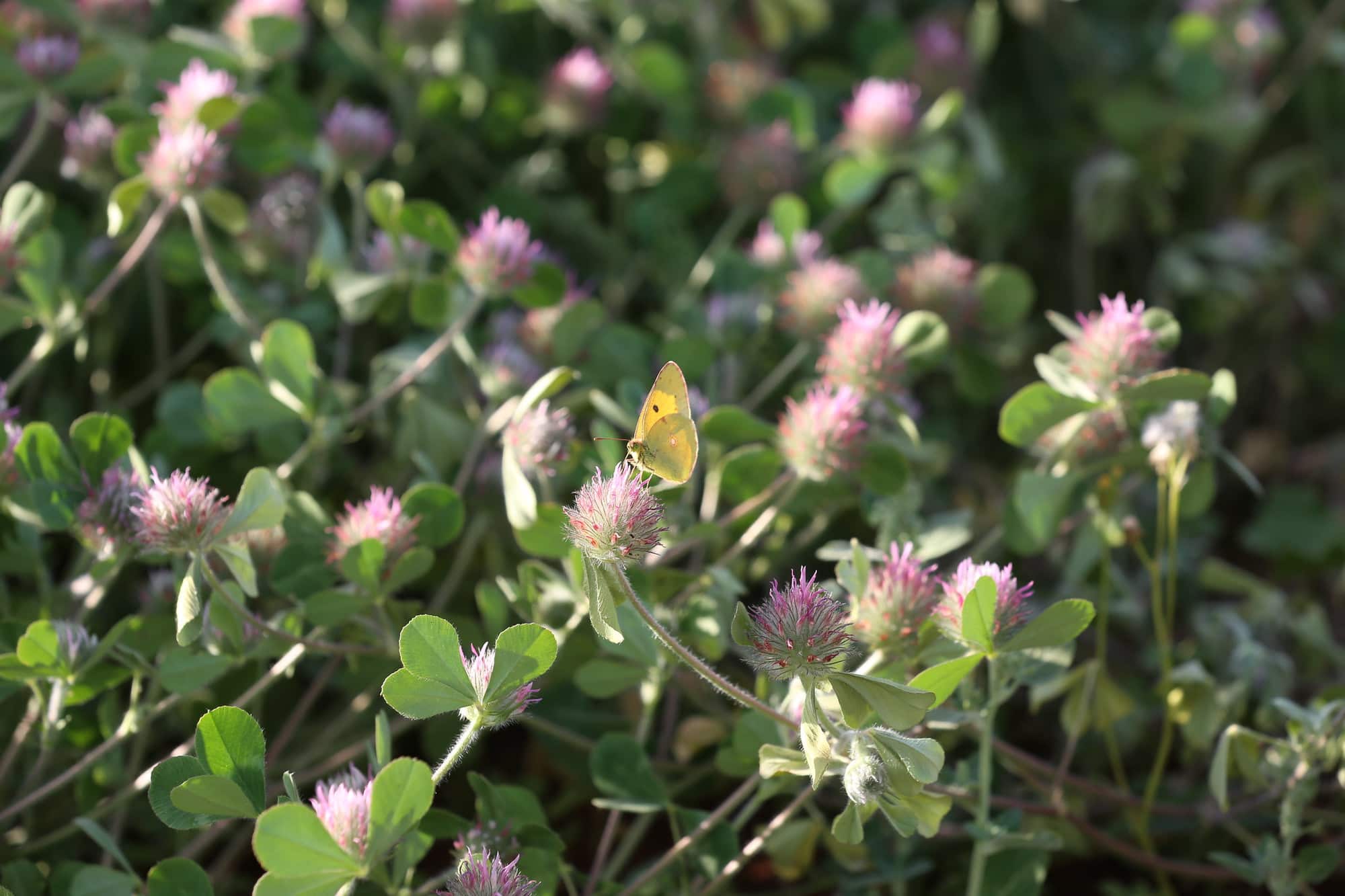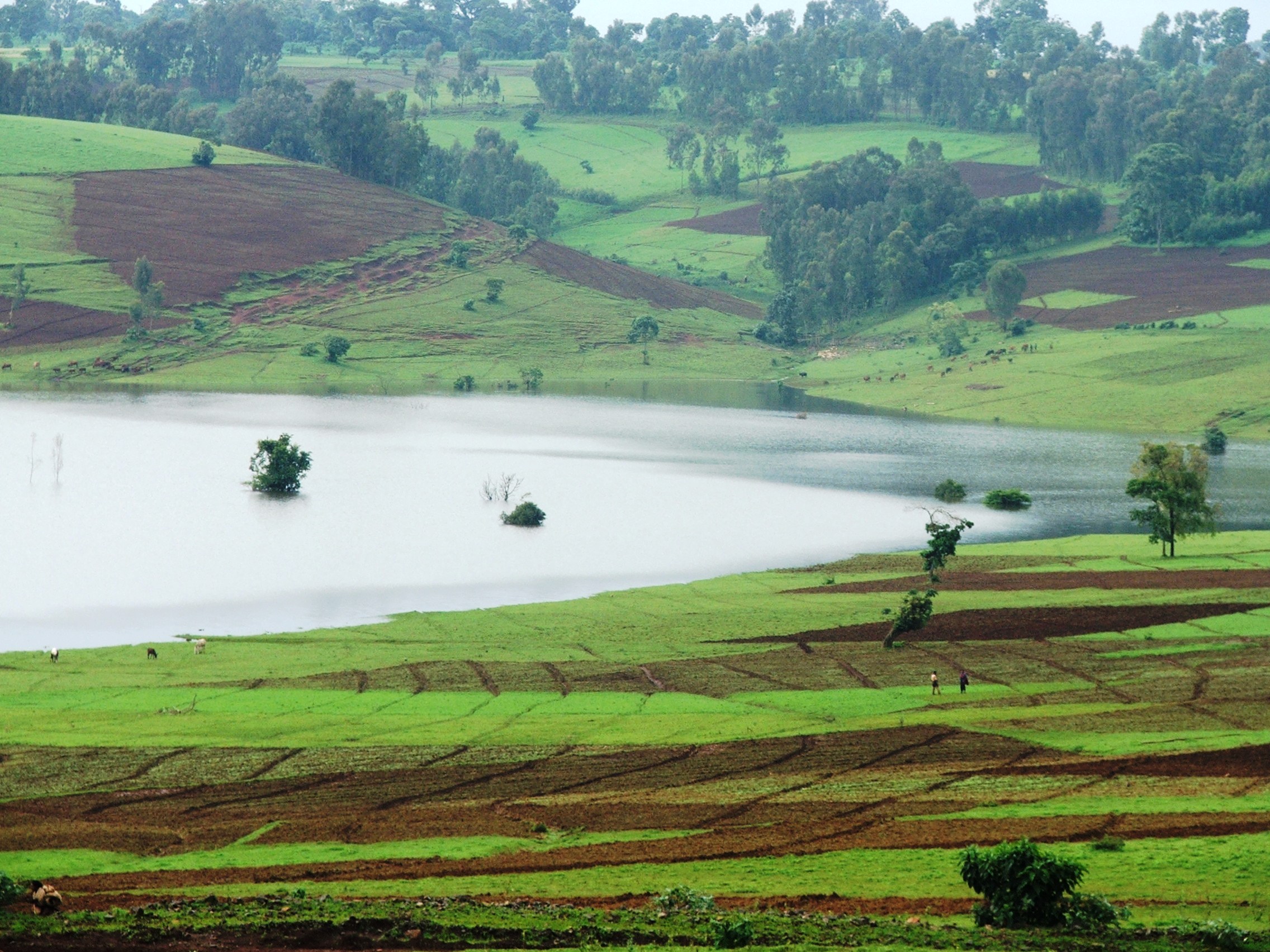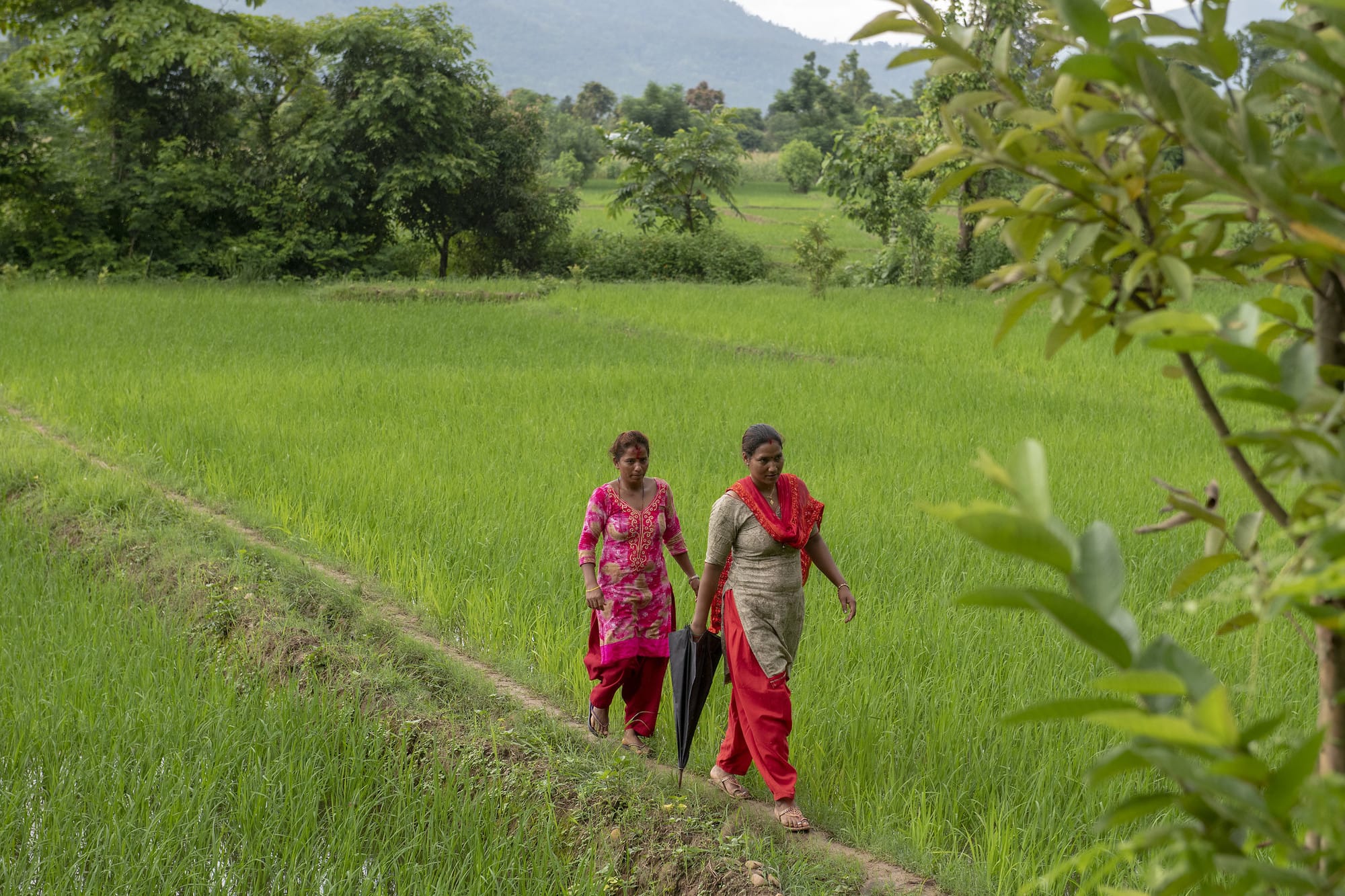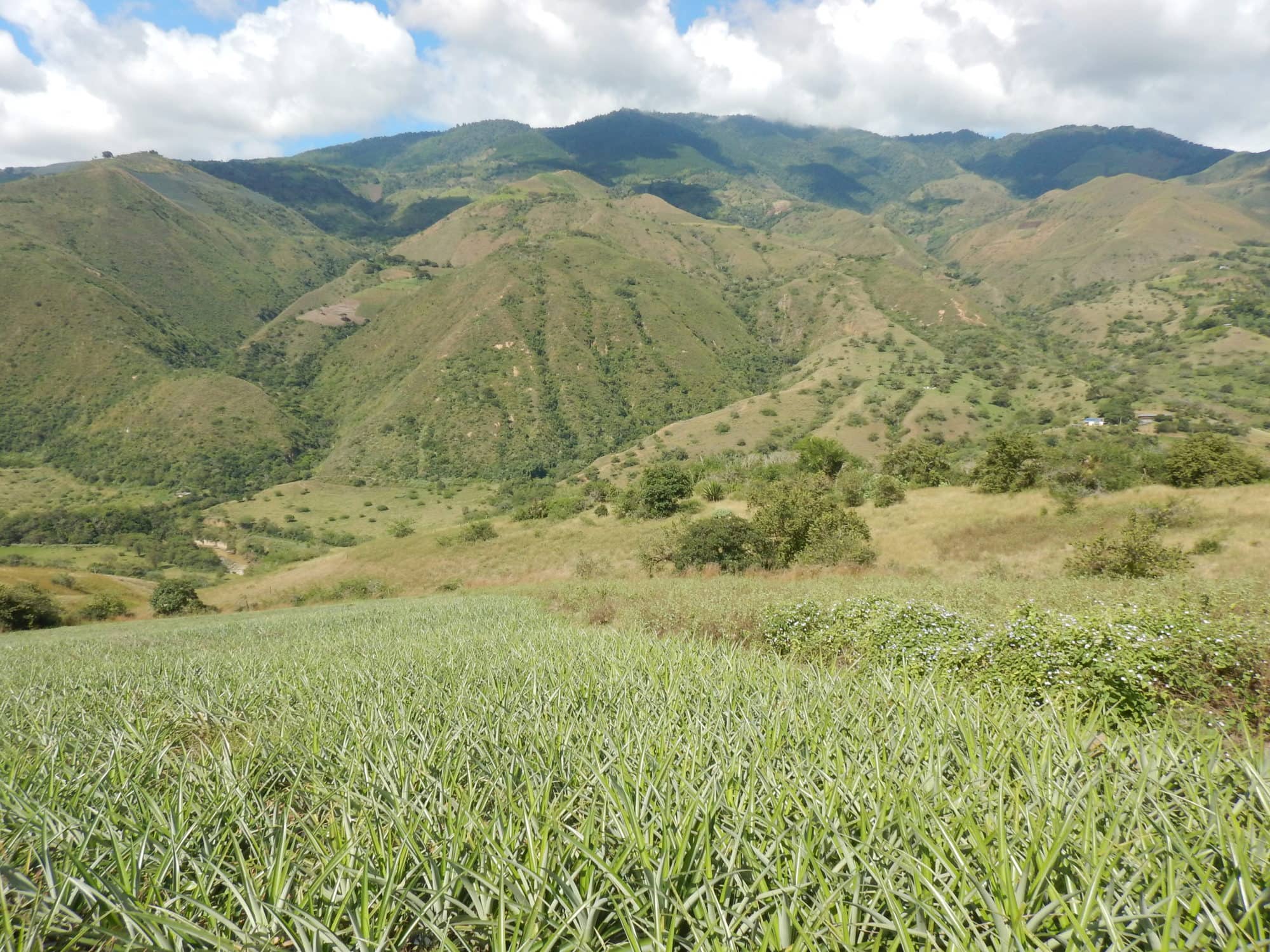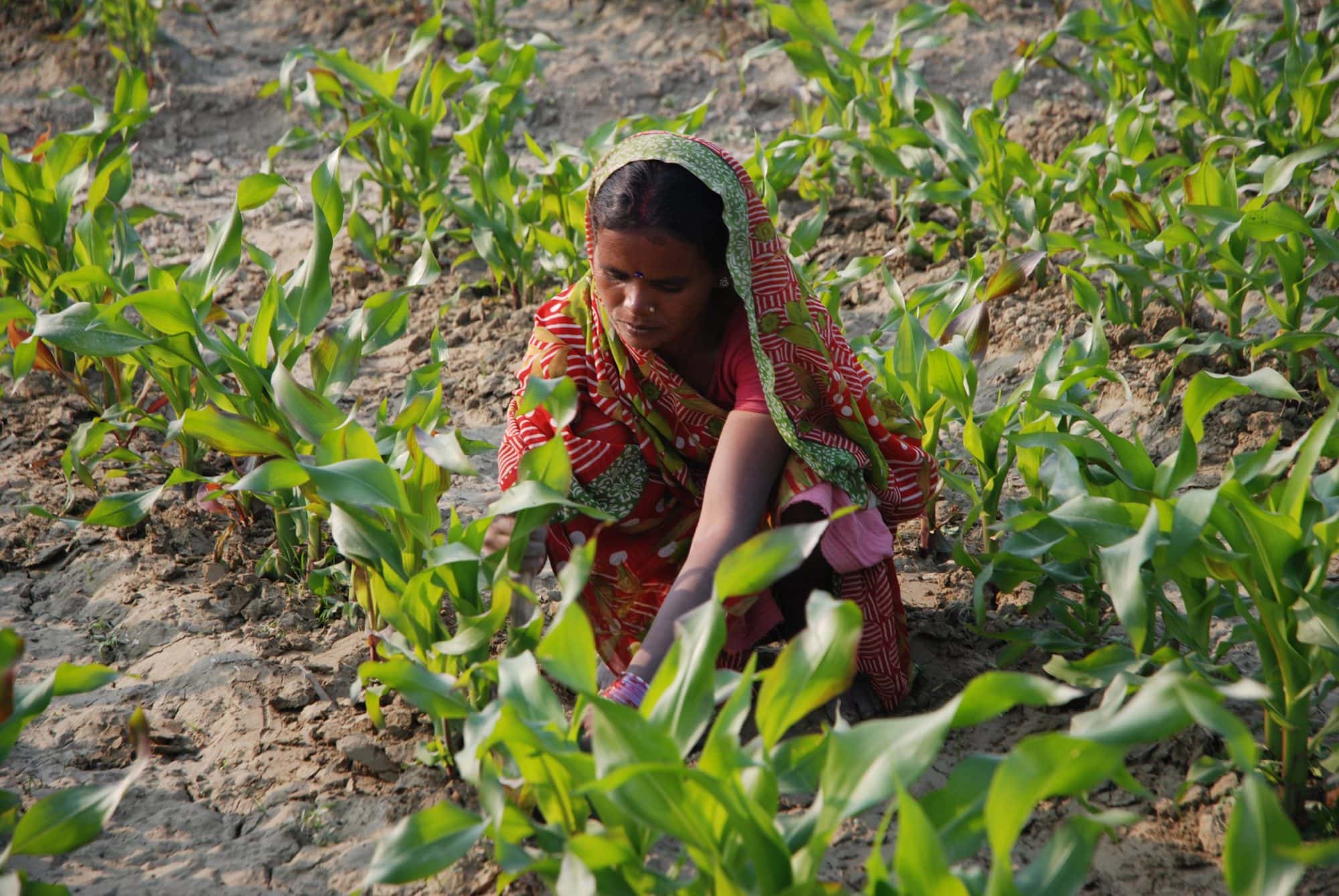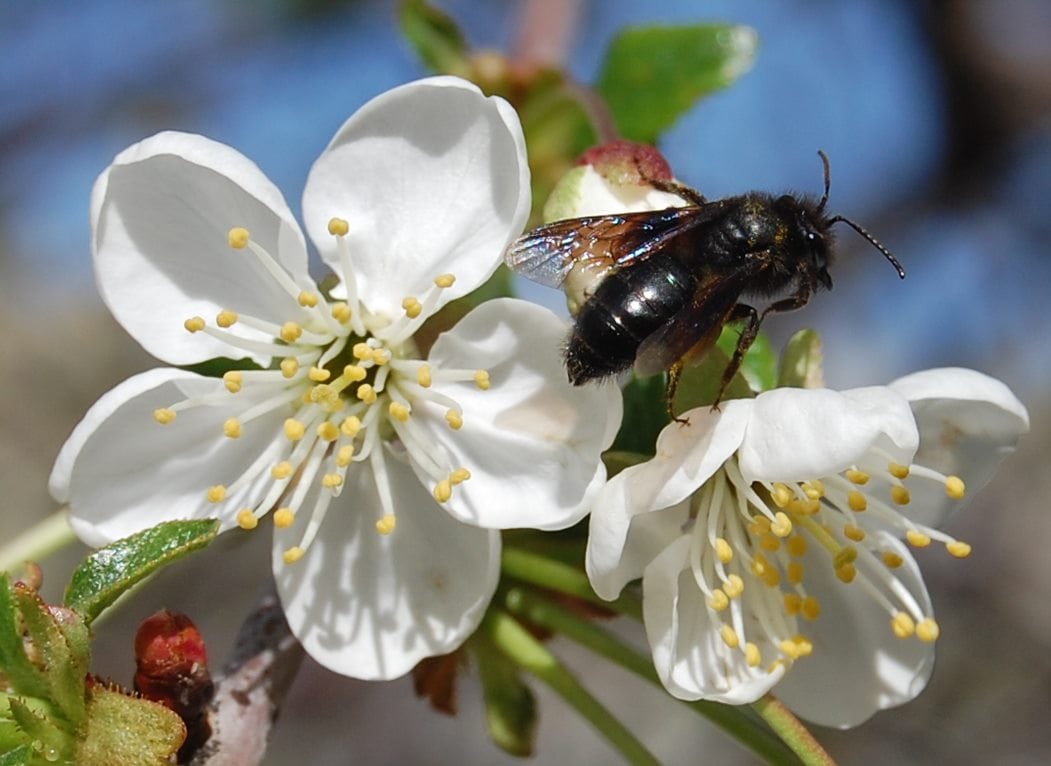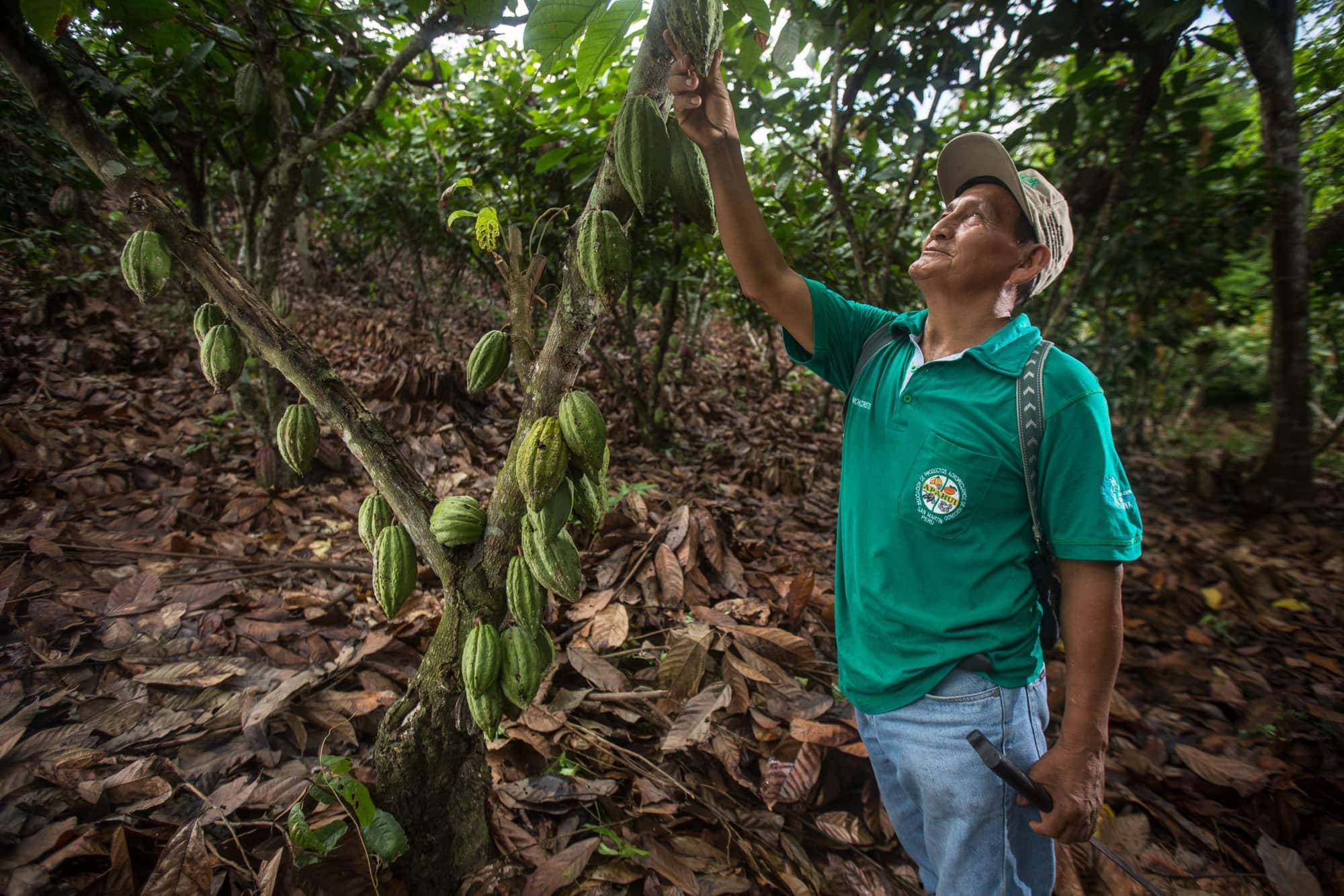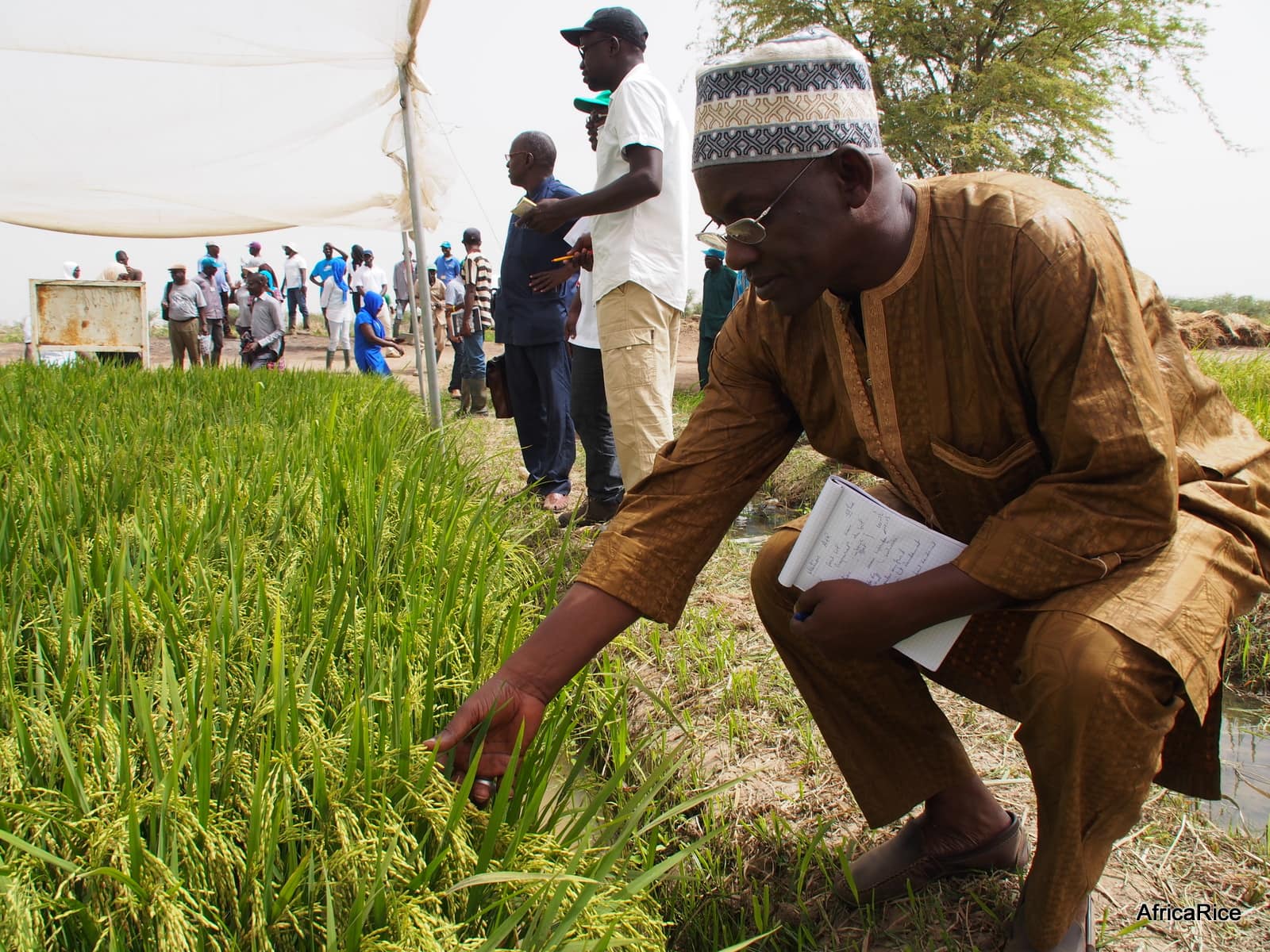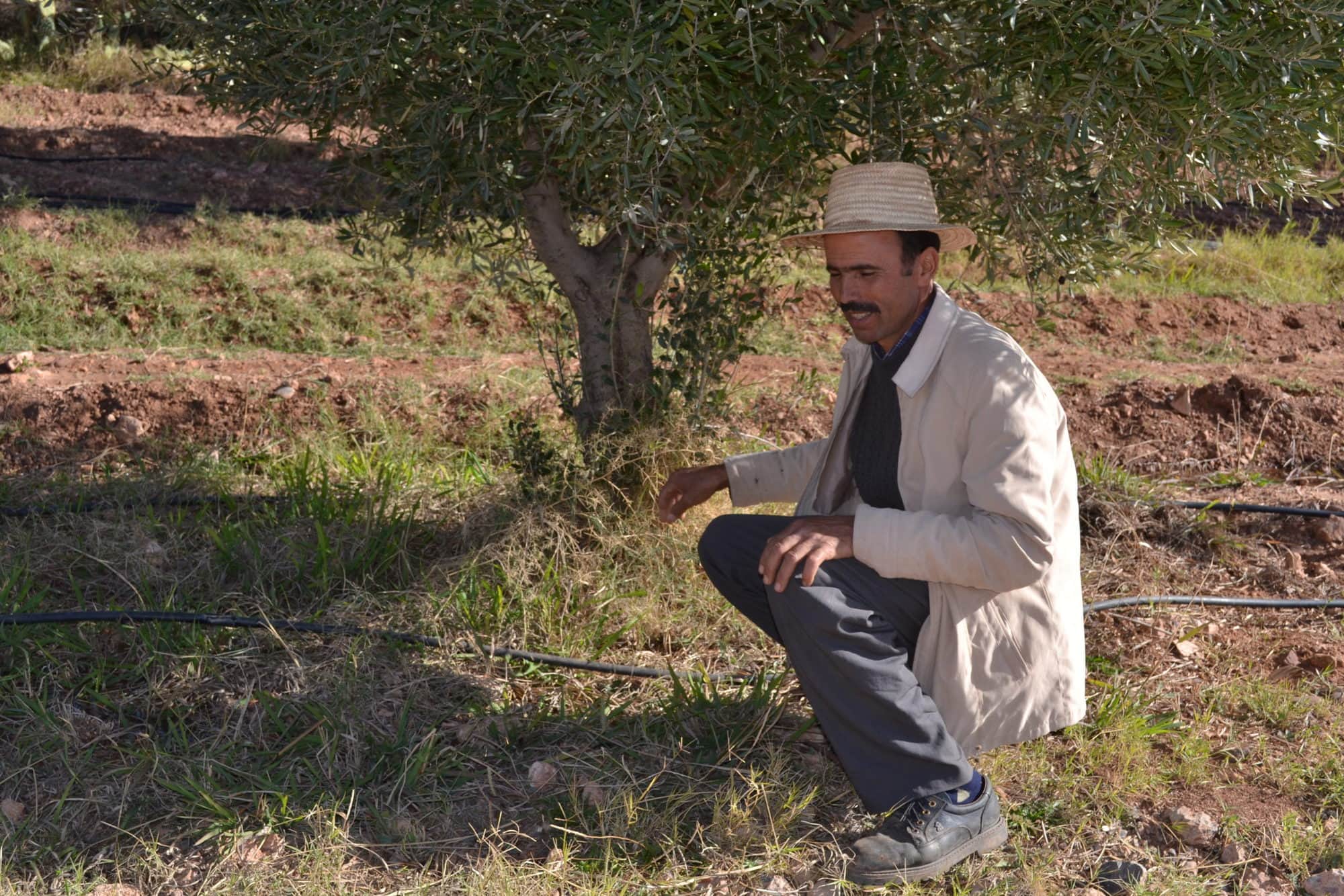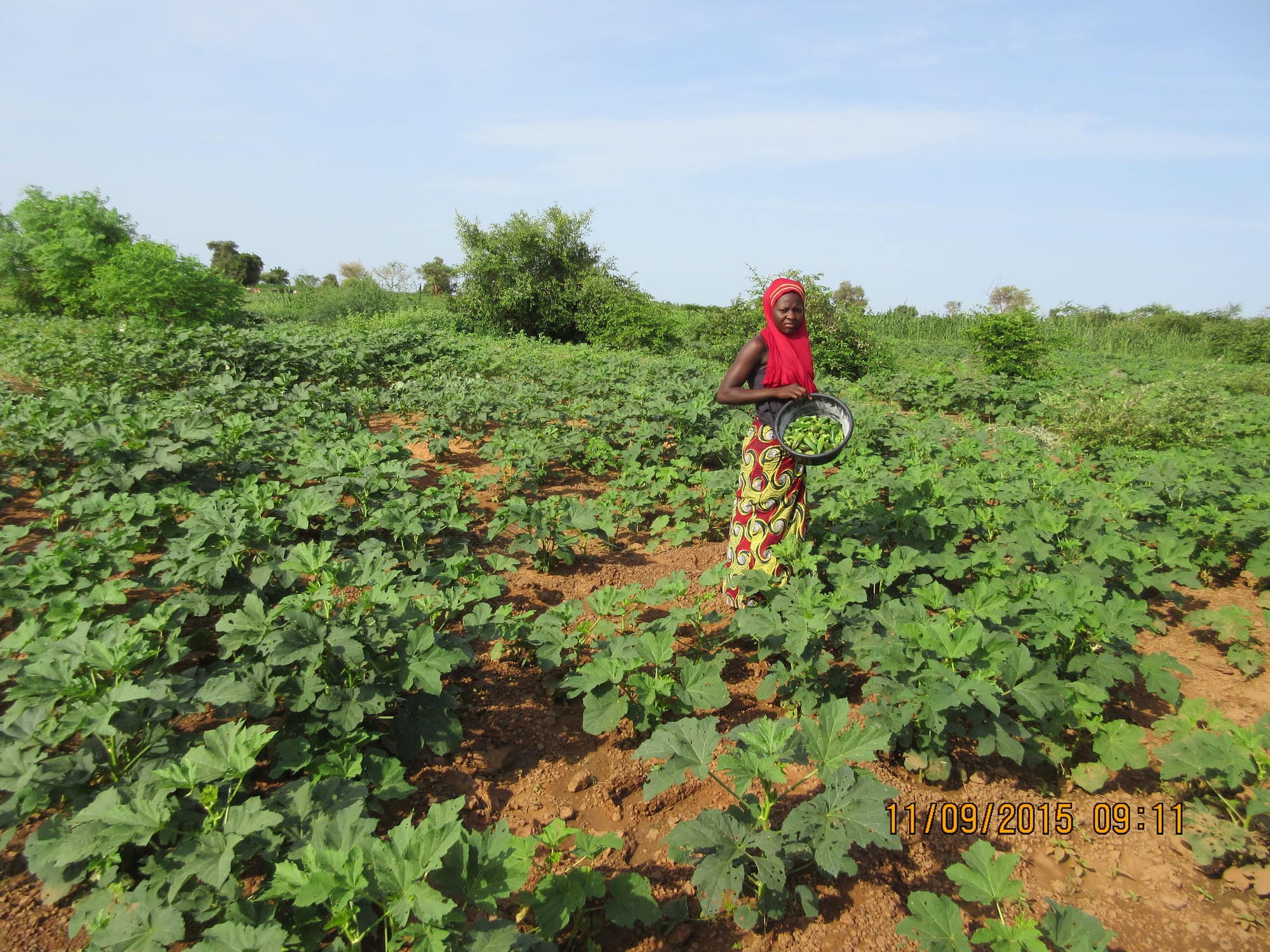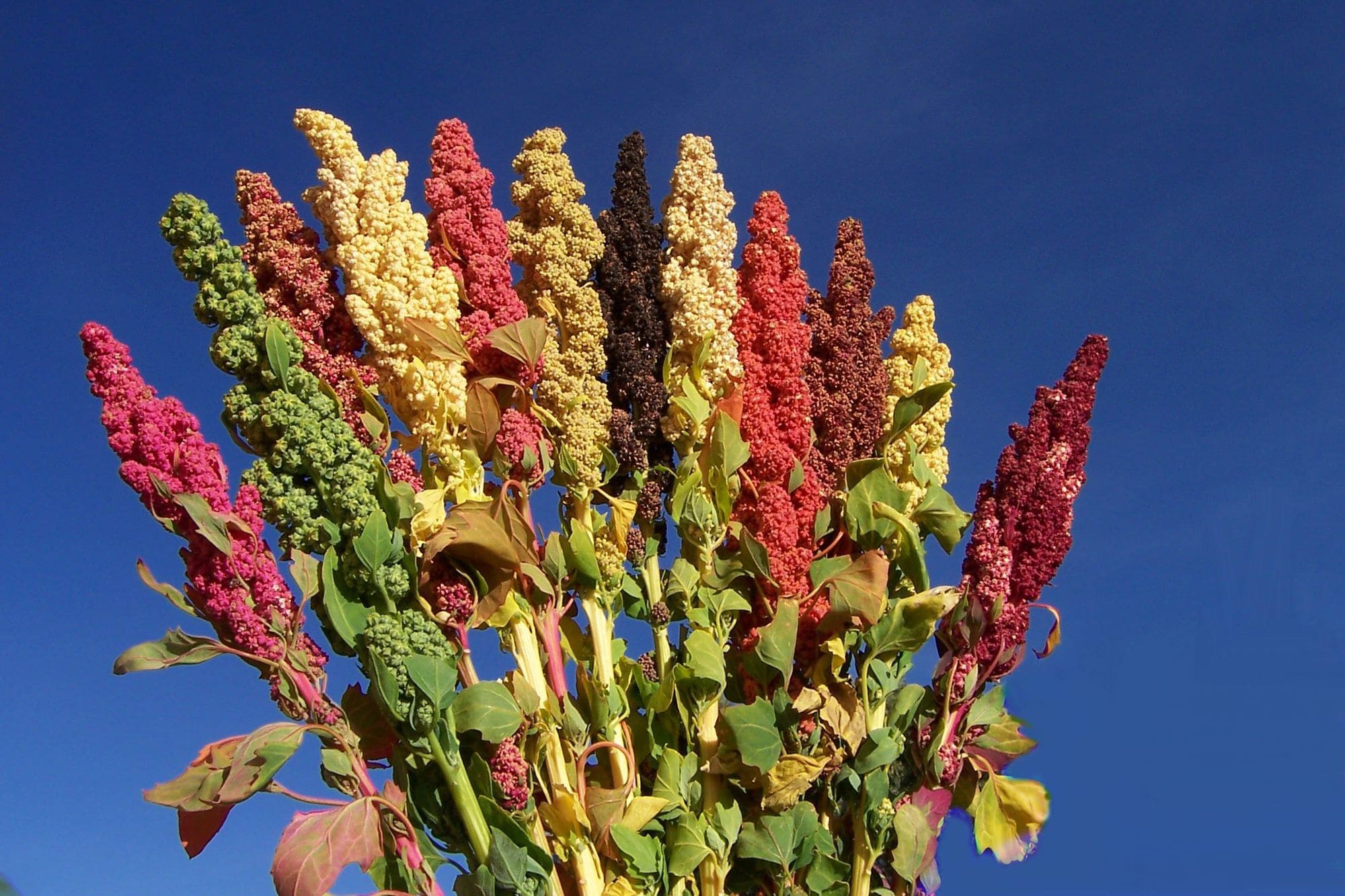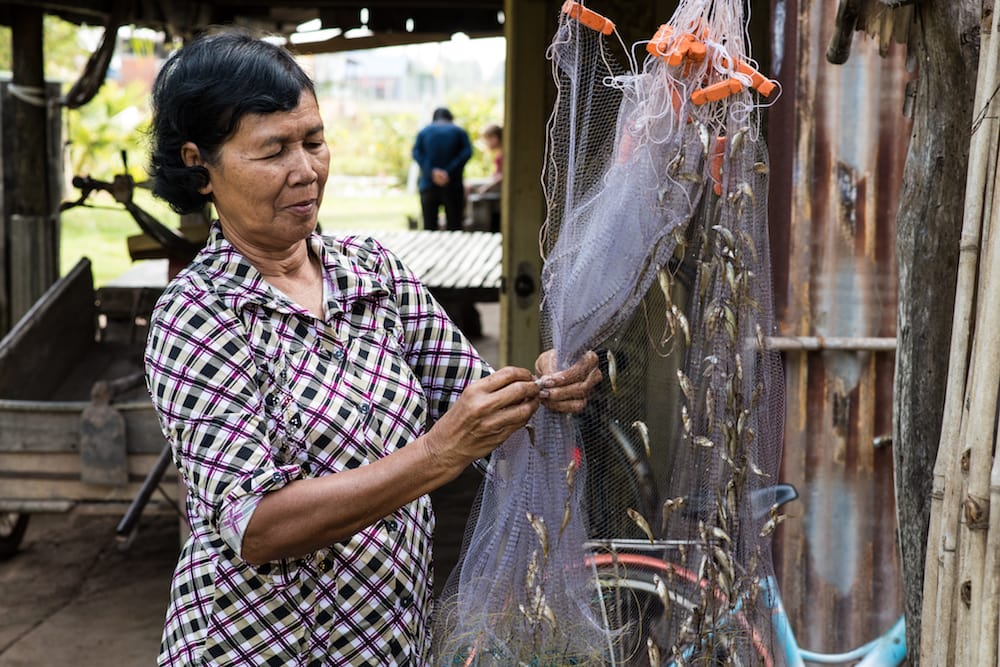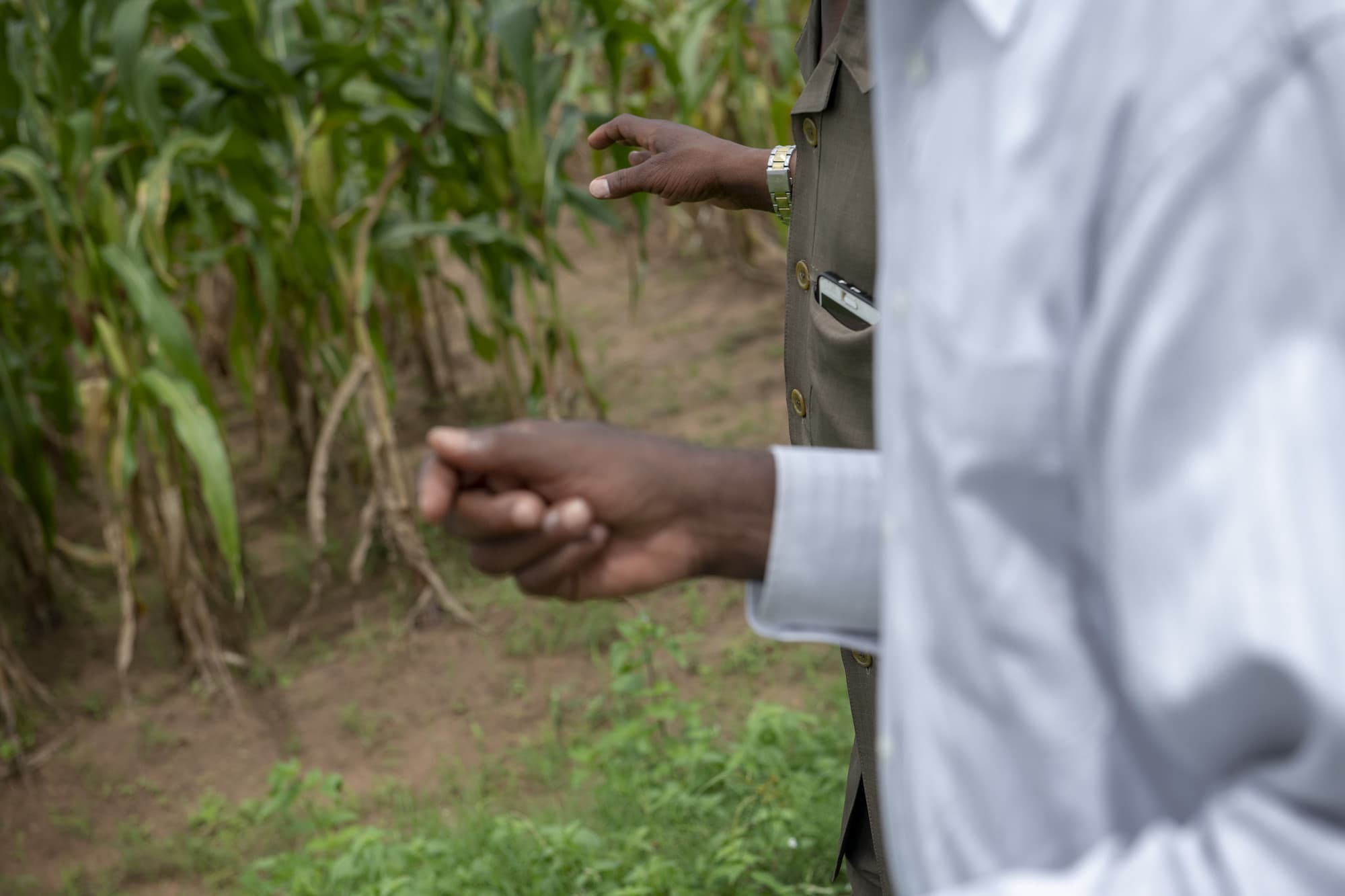Agriculture is the biggest driver of forest and biodiversity loss, including of diversity crucial to healthy diets and nutrition.
Top

Impact Area:
Environmental health & biodiversity
Increasing productivity in food systems while staying within environmental boundaries and maintaining biodiversity.

About
A third of the world’s soils are degraded, and agriculture accounts for about 70% of global freshwater withdrawals.
A healthy natural environment and biodiversity are critical for the long-term sustainability of food systems, and human health.

Cargele Masso
Impact Platform Director
Cargele Masso is IITA’s COMPRO-II Project Leader since July 2012. Before his current assignment with IITA, Cargele worked as a regulatory officer in Canada.
Objectives
Through research and innovation, CGIAR aims to address these challenges and contribute to collective global targets for Environmental Health and Biodiversity:
- Stay within planetary and regional environmental boundaries: consumptive water use in food production of less than 2500 km3 per year (with a focus on the most stressed basins), zero net deforestation, nitrogen application of 90 Tg per year (with a redistribution towards low-input farming systems) and increased use efficiency, and phosphorus application of 10 Tg per year.
- Maintain the genetic diversity of seeds, cultivated plants, and farmed and domesticated animals and their related wild species, including through soundly managed genebanks at the national, regional, and international levels.
Activities
To contribute to these collective global targets, CGIAR Initiatives will:
- Use modern digital tools to bring together state of the art Earth system observation and big data analysis to inform co-design of global solutions and national policies for staying within planetary boundaries on water use, nutrient use, land use change, and biodiversity.
- Cost-effectively improve management of water, soil, nutrients, and biodiversity in crop, livestock, and fisheries systems, coupled with higher-order landscape considerations as well as circular economy and agroecological approaches.
- Focus on the biodiversity function of genebanks and breeding to reduce environmental footprint, e.g. less water or pesticides, to help stay within planetary boundaries and to reduce local water stress, pollution, biodiversity loss, and undesirable land use change.
All CGIAR Initiatives will contribute to Environmental Health and Biodiversity. Below, browse a selection of Initiatives that primarily contribute to this Impact Area.
Featured
INITIATIVES
Innovations
Launch the Innovations Explorer to see more innovations contributing to this and other Impact Areas:

News
Related News
-

Harnessing digital tools in securing soil health for Africa’s food future
Sehlule Muzata27.06.25-
Climate adaptation & mitigation
-
Environmental health
-
Nutrition, health & food security
-
Poverty reduction, livelihoods & jobs
Nairobi, 27 June 2025 (IITA) - As it marks its first anniversary, the Regional Hub…
Read more -
-

Harnessing digital tools in securing soil health for Africa’s food future
Sustainable Farming Science Program27.06.25-
Climate adaptation & mitigation
-
Environmental health
-
Food security
-
Poverty reduction, livelihoods & jobs
Nairobi, 27 June 2025 (IITA) - As it marks its first anniversary, the Regional Hub…
Read more -
-

Beyond tools, toward transformation: ACAT 2025 presses for collaborations
The Alliance of Bioversity International and the International Center for Tropical Agriculture (CIAT)24.06.25-
Climate adaptation & mitigation
-
Environmental health & biodiversity
Over 800 delegates gathered in Kigali Rwanda for ACAT 2025 to explore agri-tech solutions for…
Read more -
-

Raising productivity and profits, How AgWise is Closing Yield Gaps through AI
Sehlule Muzata20.06.25-
Adaptation
-
Climate adaptation & mitigation
-
Environmental health
-
Food security
-
Poverty reduction, livelihoods & jobs
Nairobi, 20 June 2025 (IITA) - Across Africa smallholder farmers battle working with degraded soils,…
Read more -
-

Planting to learn: When pupils become guardians of tomorrow’s forests
The Alliance of Bioversity International and the International Center for Tropical Agriculture (CIAT)20.06.25-
Climate adaptation & mitigation
-
Environmental health & biodiversity
In Nkoemvone, a lush village in southern Cameroon, the bell of the public primary school…
Read more -
-
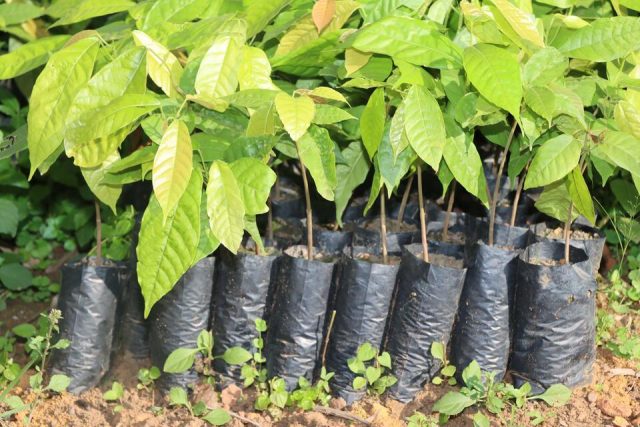
“Les Experts du Cameroun”: How a community nursery took flight with MyFarmTrees
The Alliance of Bioversity International and the International Center for Tropical Agriculture (CIAT)18.06.25-
Climate adaptation & mitigation
-
Environmental health & biodiversity
In the small town of Nanga-Eboko, located in the Haute-Sanaga department at the heart of…
Read more -


